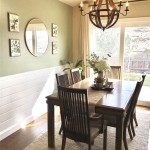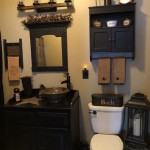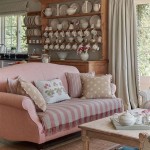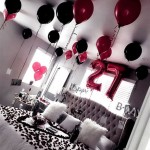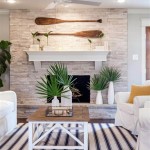1970s Home Decor: A Look Back at a Decade of Design
The 1970s represent a distinct era in interior design, characterized by bold colors, textured surfaces, and a blend of natural and synthetic materials. This period saw a shift away from the minimalist aesthetic of the 1960s towards a more expressive and individualized style. Influences ranged from the back-to-nature movement to the rise of disco culture, resulting in a diverse and often eclectic mix of design elements.
Color palettes in 1970s homes were vibrant and often unexpected. Earthy tones like avocado green, harvest gold, and burnt orange were popular choices, often paired with contrasting shades of brown, beige, and cream. These warm hues were frequently used on walls, carpets, and upholstery, creating a cozy and inviting atmosphere. Brighter colors like sunny yellow, vibrant orange, and turquoise blue were also prevalent, adding a touch of playful energy to the space.
Wall treatments played a significant role in defining the 1970s aesthetic. Wood paneling was a ubiquitous feature, adding a rustic and natural touch to living rooms, dens, and dining areas. Textured wallpaper, featuring patterns like flocked velvet, geometric designs, and floral motifs, became increasingly popular. These tactile surfaces added visual interest and depth to the walls, enhancing the overall sensory experience of the room.
Furniture in the 1970s embraced both comfort and style. Large, plush sofas and armchairs, often upholstered in velvet or corduroy, were essential pieces in living rooms. Modular furniture, offering flexibility and adaptability, gained popularity. Materials like chrome and plastic were incorporated into furniture design, reflecting the influence of futuristic and space-age aesthetics. Rattan and wicker furniture provided a natural counterpoint, adding warmth and texture to the space.
Flooring in 1970s homes often featured wall-to-wall carpeting in shag or plush textures. These carpets provided a soft and comfortable surface underfoot and contributed to the overall warmth of the room. Linoleum flooring, often in bold geometric patterns, was another popular choice, particularly in kitchens and bathrooms. The durability and easy maintenance of linoleum made it a practical and stylish option.
Lighting in this era often incorporated natural materials and textures. Macrame lampshades, featuring intricate knotted patterns, were a common sight. Pendant lights with glass or metal shades provided a more contemporary touch. Track lighting systems offered flexibility and allowed for adjustable illumination, catering to the functional needs of the space.
Accessories played a crucial role in completing the 1970s look. Houseplants, particularly ferns and hanging plants, were ubiquitous, bringing a touch of the outdoors inside. Macrame wall hangings and woven tapestries added texture and visual interest to the walls. Ceramic pottery, often featuring earthy tones and organic shapes, was a popular decorative element. Brass and copper accents provided a touch of metallic sheen, while patterned throw pillows and blankets added pops of color and pattern.
Windows in 1970s homes were often adorned with long, flowing curtains in rich fabrics like velvet or corduroy. These curtains provided privacy and helped to control the amount of light entering the room. Sheer curtains, often in floral or geometric patterns, offered a lighter and more airy option. Blinds, particularly vertical blinds, were also a popular choice, offering a more streamlined and modern look.
The kitchen in the 1970s was often a focal point of the home. Appliances like avocado-colored refrigerators and harvest gold ovens were considered stylish and modern. Wood cabinets, often with raised panel doors, were a common feature. Countertops were typically made of laminate or tile, often in bold colors and patterns. The kitchen was often a social hub, designed for both cooking and entertaining.
Bathrooms in 1970s homes often featured similar color palettes and materials as the rest of the house. Avocado green and harvest gold were popular choices for fixtures and tiles. Wallpaper with floral or geometric patterns was often used to add visual interest to the walls. Large mirrors and vanity lights helped to create a bright and functional space.
The 1970s design aesthetic was a reflection of the cultural and social changes taking place at the time. It was a period of experimentation and individuality, resulting in a unique and often eclectic mix of design elements. While some aspects of 1970s decor may seem dated today, the influence of this era can still be seen in contemporary interior design trends, demonstrating the enduring appeal of its bold colors, textured surfaces, and emphasis on comfort and self-expression.

Why Are We Yearning For 70s Decor Again Architectural Digest

Worst Home Decor Ideas Of The 1970s Real Estate News Insights Realtor Com

70 S 7 70s Home Decor Retro Interior Design Easy

10 Ways To Decorate Your House Like The 1970s Without Making It Feel Dated

70s Decor 13 Steps To Adoring The Style That Never Left Us

70s Living Room Ideas Gorgeous Decor

Woman Turns House Into 1970s Style Shrine

70s Living Room Ideas Gorgeous Decor

Interior Five Common 1970s Decor Elements Ultra Swank

Massachusetts Home For 1970s Interior Design
